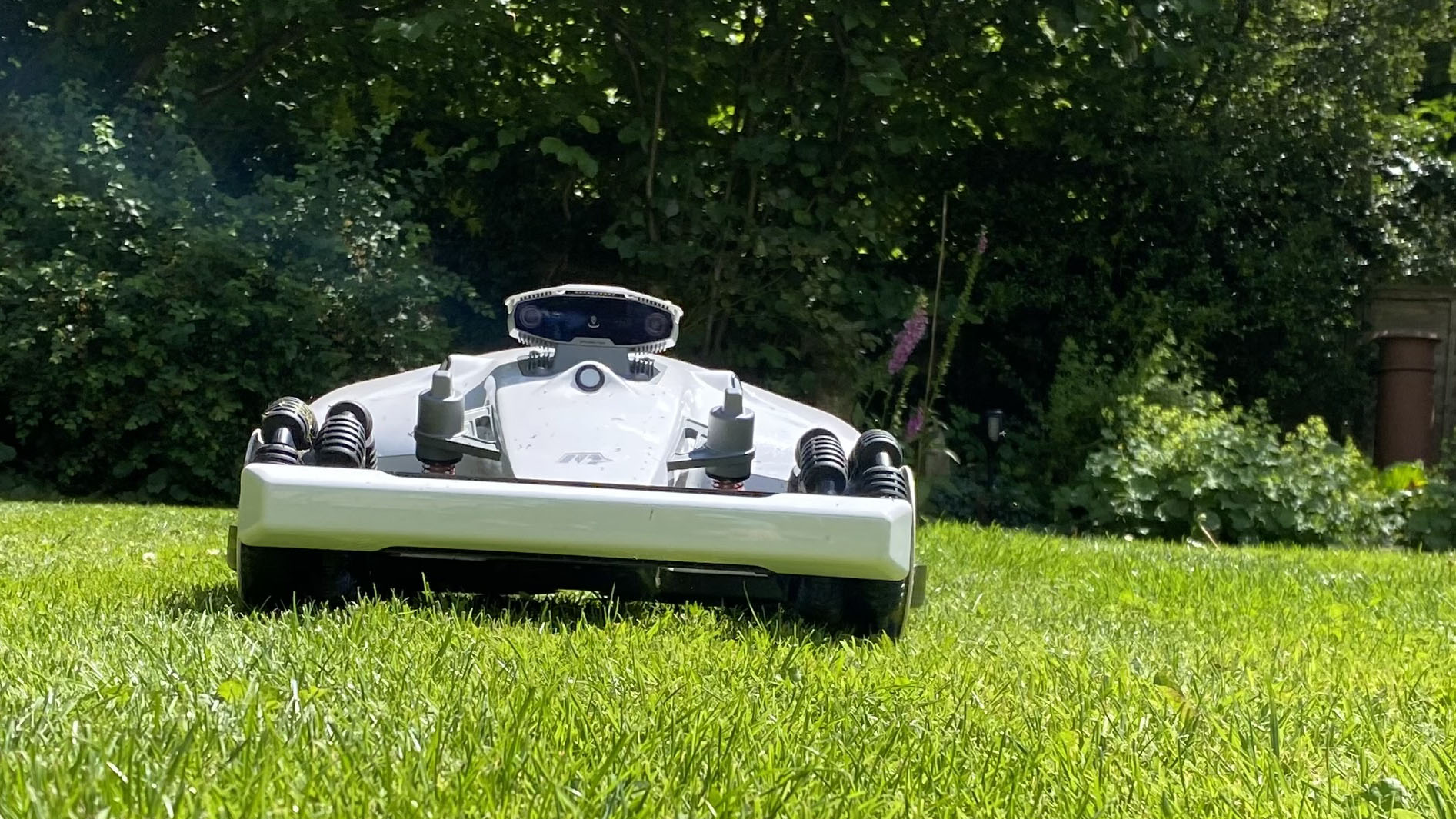
As technology continues to revolutionize our daily lives, even the age-old task of cutting the grass has been transformed by a plethora of amazing app-enabled robot lawn mowers that reliably head out onto the sward every few days to snip here and snip there – and with not so much as a whiff of complaint.
It’s true to say that robot lawn mowers aren’t cheap to buy and they’re admittedly not as essential a household item as, say, a dishwasher or washing machine, but once you’ve enjoyed the experience of having the lawn cut for you, there’s inevitably no going back. Besides, having a robot regularly do the mowing keeps the lawn healthy, promoting even growth and a lush appearance.
Granted, robot mowers are still considered a niche product, mostly because many still require the installation of a boundary wire to keep the robot on course. However, that’s all in the process of changing with the advent of a slew of new high-tech bots that use GPS, high-definition cameras and even LiDAR (which is the tech powering many of today's best robot vacuum cleaners) to safely navigate lawns without venturing off-piste or crashing into things.
But how do robot lawn mowers actually work? And can they cut grass as well as a conventional mower? Let’s find out.
What does a robot lawn mower look like?
The vast majority of robotic lawn mowers share the same physical design principles as the manual versions. Namely, a rainproof outer shell, one or two small trolley-style wheels at one end to help the robot make tight turns without tearing up the lawn, and two larger wheels positioned at the other to help the mower gain traction. These wheels mean that robot mowers can tackle inclines ranging from 25% to, in some extreme cases, 80%.
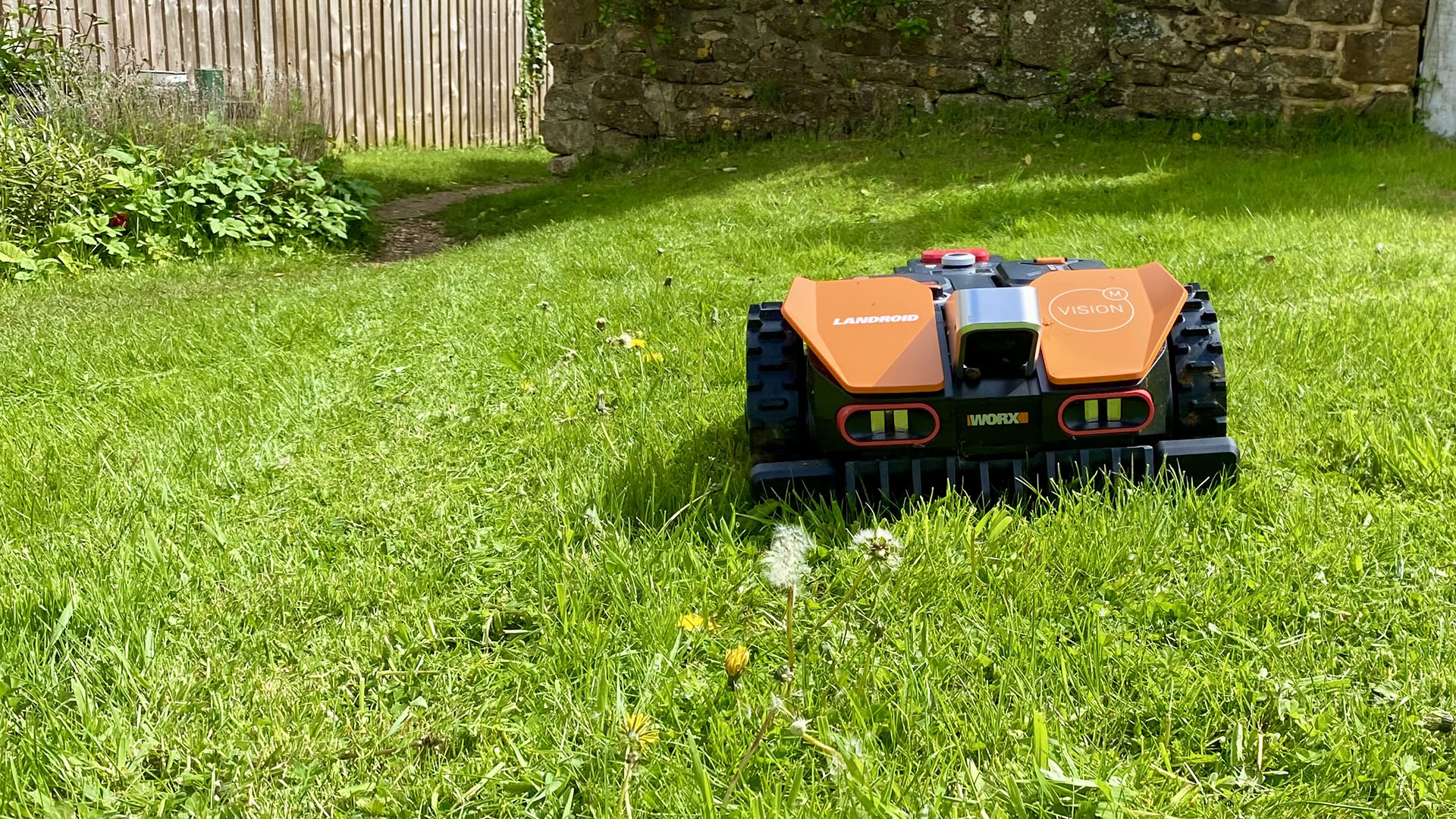
How does a robot lawn mower cut grass?
Most robot models utilize a rotary cutting method just like a conventional lawn mower. However, that’s where the similarities end because, unlike a conventional mower that uses the brute force of a loud, powerful electric or petrol-powered motor and a large, thick and not-especially-sharp spinning blade to hack off the tips of grass stems like a machete, a robot mower uses a much less powerful – and therefore much quieter – electric motor to spin a disk with three to four razor-like blades attached.
These razor blades are almost sharp enough to shave with and therefore cut grass with the precision of a pair of scissors. In fact, they’re so sharp they will also easily cut through any stray twigs up to 7mm in diameter.
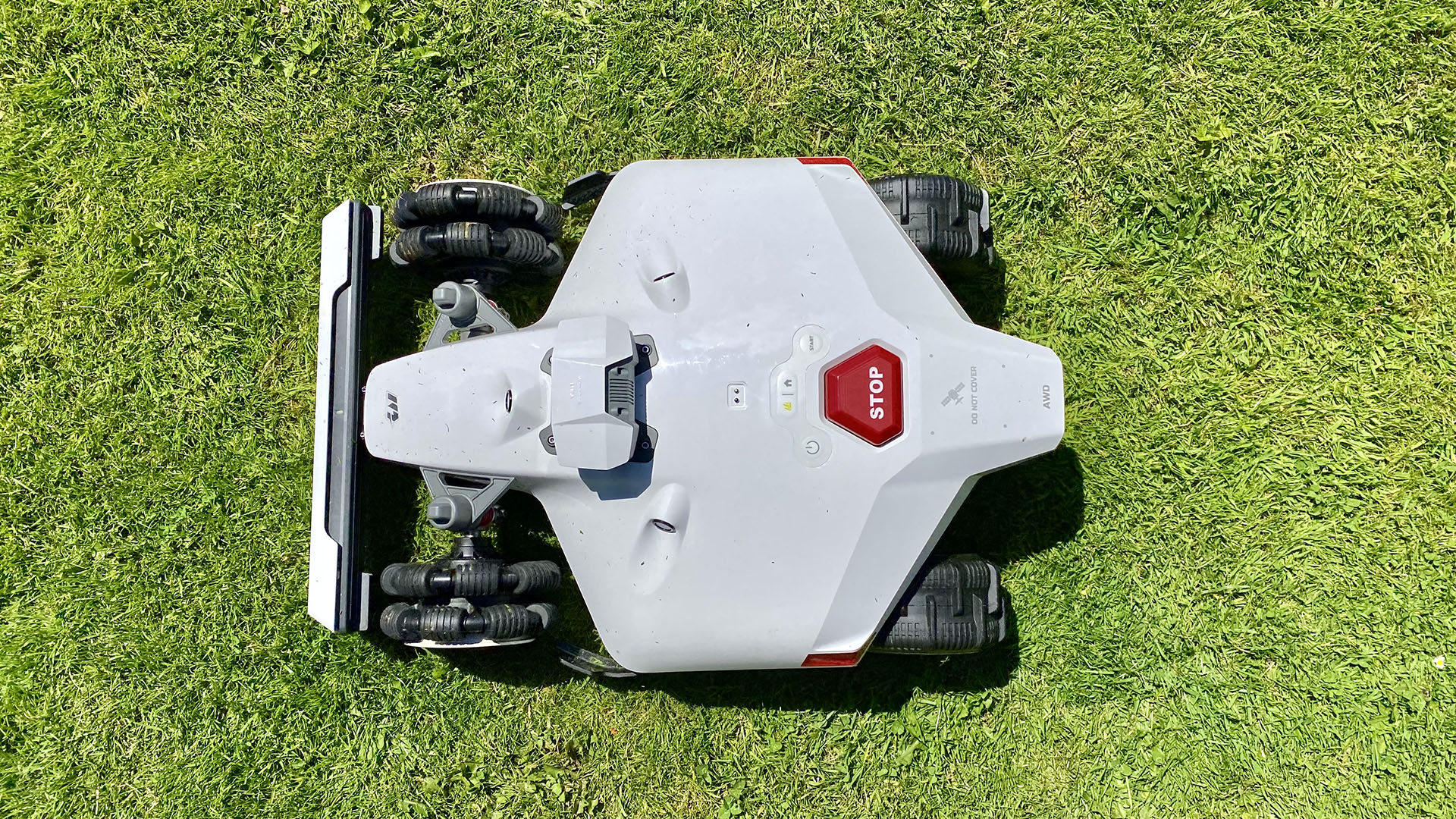
What happens to the grass in a robot lawn mower?
Since robot mowers are designed to cut lawns on a regular basis – bi-weekly and even daily if required – the majority of models don’t have or even need a grass collector. Instead they use the mulching technique whereby the tiny grass cuttings are fed back into the lawn, providing nitrogen for year-round swankiness.
What kind of lawn is a robot mower good for?
Most robot mowers have small cutting decks of around 18cm in diameter and these are perfect for small to medium-sized lawns. However, some manufacturers produce robot mowers with much wider 40cm cutting decks, equivalent to a medium-sized conventional push mower. These are perfect for lawns up to and exceeding 1,000 square meters.
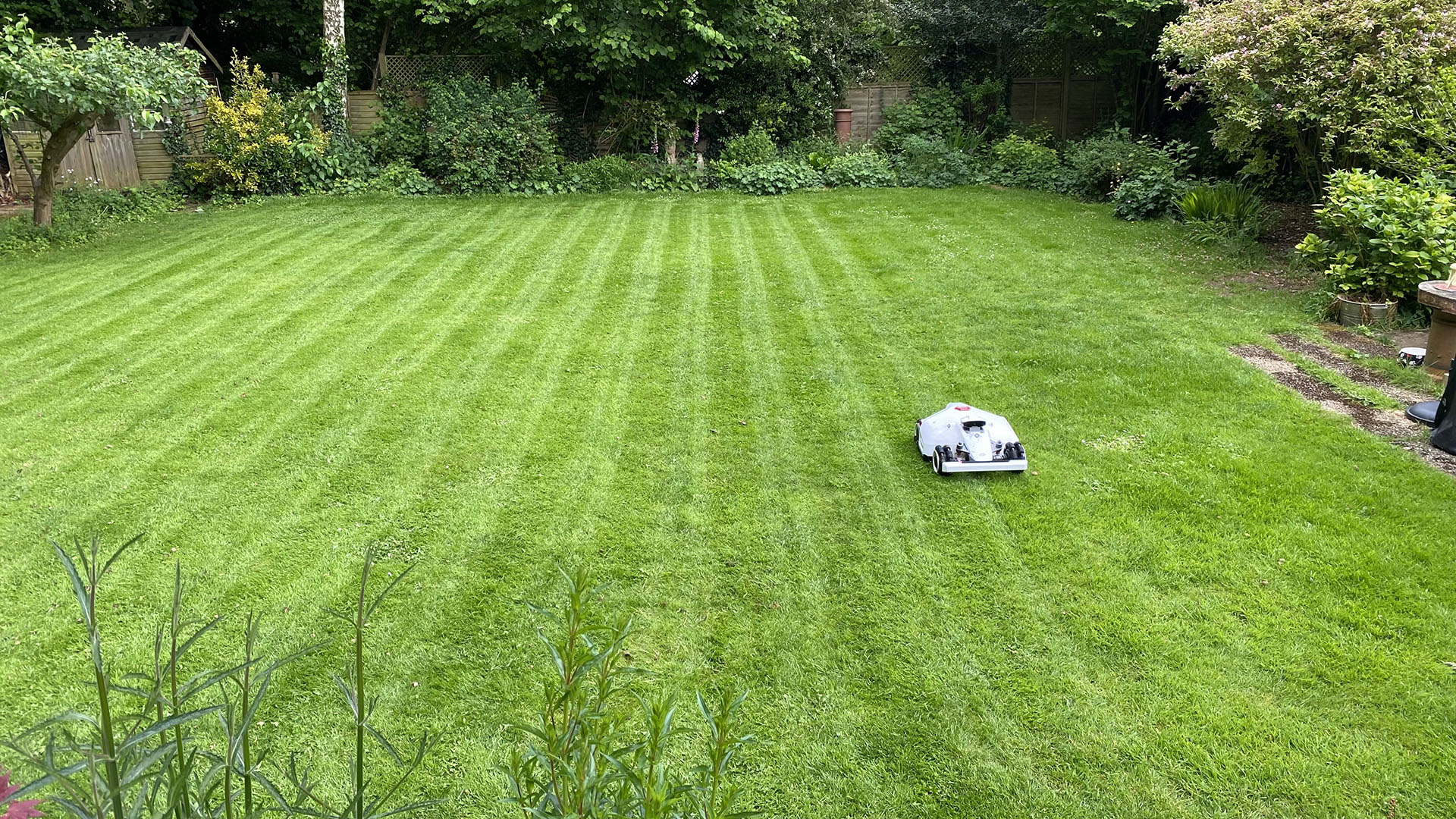
All robot mowers can be adjusted to mow grass at a variety of cutting heights, from about 25mm and 75mm. In most instances the cutting height is adjusted by turning a knob on the mower itself, but more expensive models feature motorized cutting decks that can be height-adjusted using an app.
Most robot lawn mowers are equipped with collision sensors for detecting obstacles in the mower's path, lift and tilt sensors to prevent accidents, rain sensors that stop the mower from heading out on rainy days and Wi-Fi locked software for theft prevention. However, many require a boundary wire to prevent them venturing out of bounds (we'll get into that more in a second).
How do robot lawn mowers charge?
Robot mowers are electrically powered by their internal batteries, and they can self-charge by returning to a dock whenever their battery power runs low. If this happens during the process of cutting a lawn that is perhaps too big for the lawnbot’s size, it will simply trundle back to its charging station and, when fully recharged, head out again to finish the job.
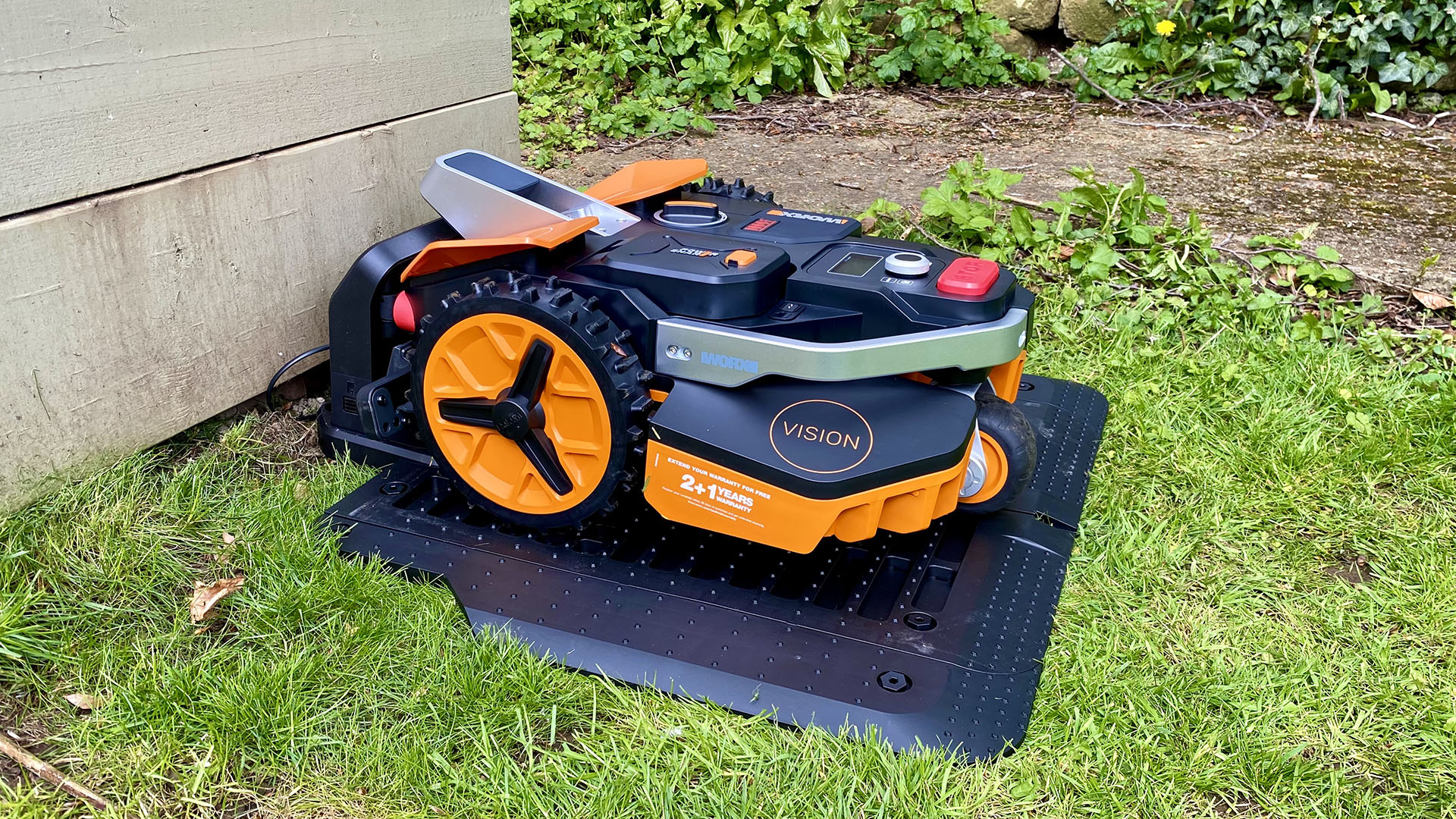
Robot lawn mower navigation
Up until recently, at least, the majority of robot mowers have required a boundary wire be installed around the perimeter of the lawn and any specific obstacles. This wire creates an invisible boundary that the mower detects, ensuring it stays within the designated area and preventing it from wandering off into flower beds, ponds or driveways.
You can install the perimeter wire yourself – a pain it must be said – our opt for expensive professional installation. Or you could forgo all that malarkey and opt for one of the very latest robot mowers that require no boundary wire at all.
Why it’s taken so long for humankind to develop a robot mower that doesn’t need a boundary wire is a mystery, but there’s no question that the latest wave of new wire-free, self-navigating mowbots absolutely annihilate their old fashioned wired counterparts. In fact, unless you have a small, simple urban lawn layout with few obstacles, we would recommend avoiding wired lawnbots entirely, because that ship is leaving the port.
Today’s best app-enabled lawnbots use RTK GPS, HD cameras, sensors and, in some rare cases, LiDAR to navigate lawn spaces and avoid obstacles with utmost accuracy and with very little setup involved – and specifically, no need for boundary wires.
RTK GPS
RTK GPS (Real-Time Kinematic Global Positioning System) is an advanced satellite navigation technique that enables a robot mower to navigate to within a few centimeters of accuracy. Setup is very easy and simply involves using the accompanying app to drive the robot around the boundary of the lawn like an RC car so it can create a map of its working environment.
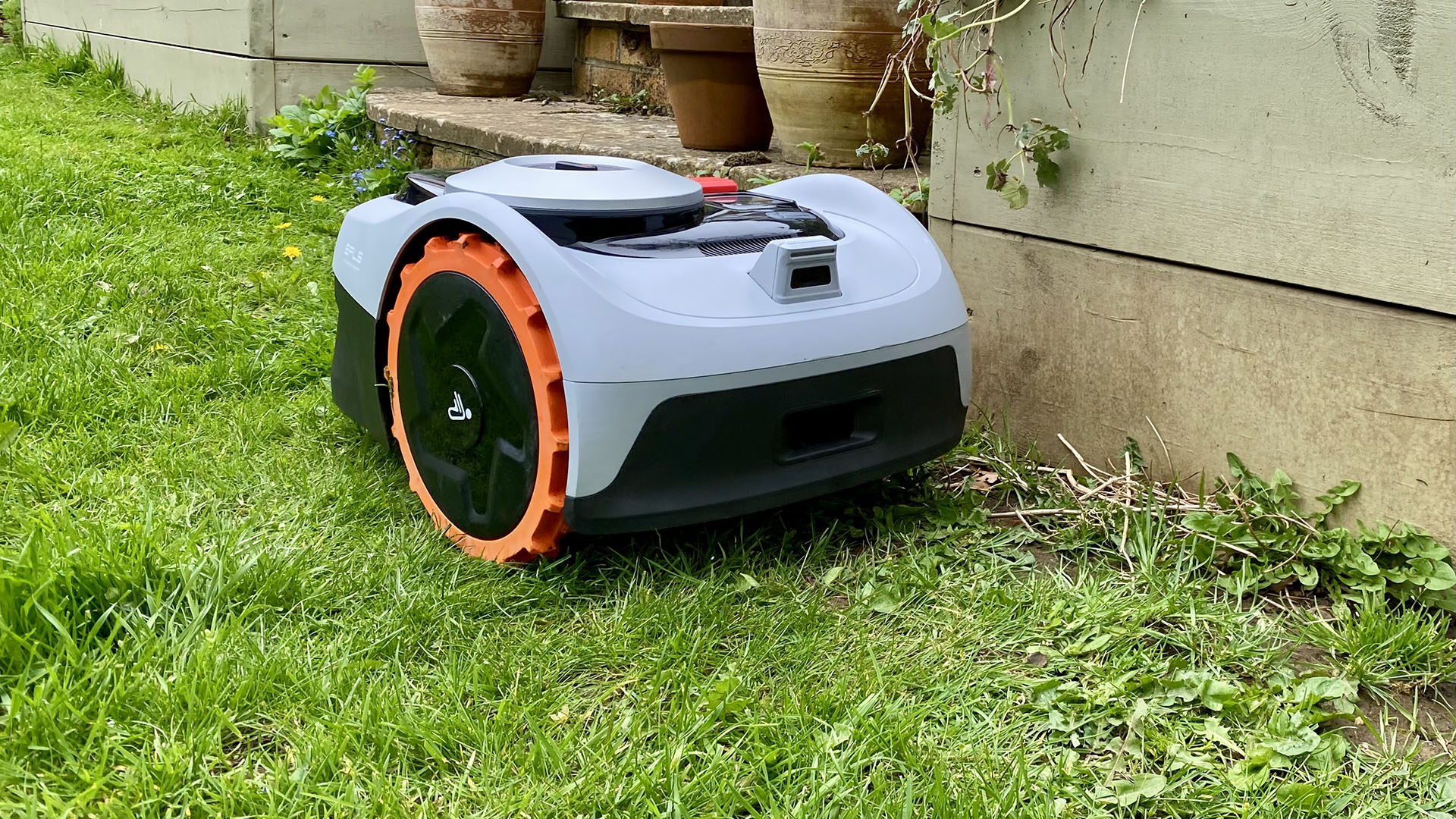
RTK GPS-based mowers like the Mammotion LUBA 2 AWD and Segway iSeries are renowned for their systematic up-and-down mowing patterns and ability to produce perfectly straight lawn stripes. RTK GPS mowbots can also mow different zones by venturing from one lawn to the next via a virtual passage. However, RKT GPS mowers are best suited to areas with good satellite reception, so perhaps do your research first if your home is surrounded by tall trees.
Camera-based navigation
If you have a smaller lawn and/or are a bit of a technophobe when it comes to setting up and using an app, perhaps consider a camera-based lawnbot like the Worx Landroid Vision. Robots like this model use a high-definition camera for navigation and require no setup at all.
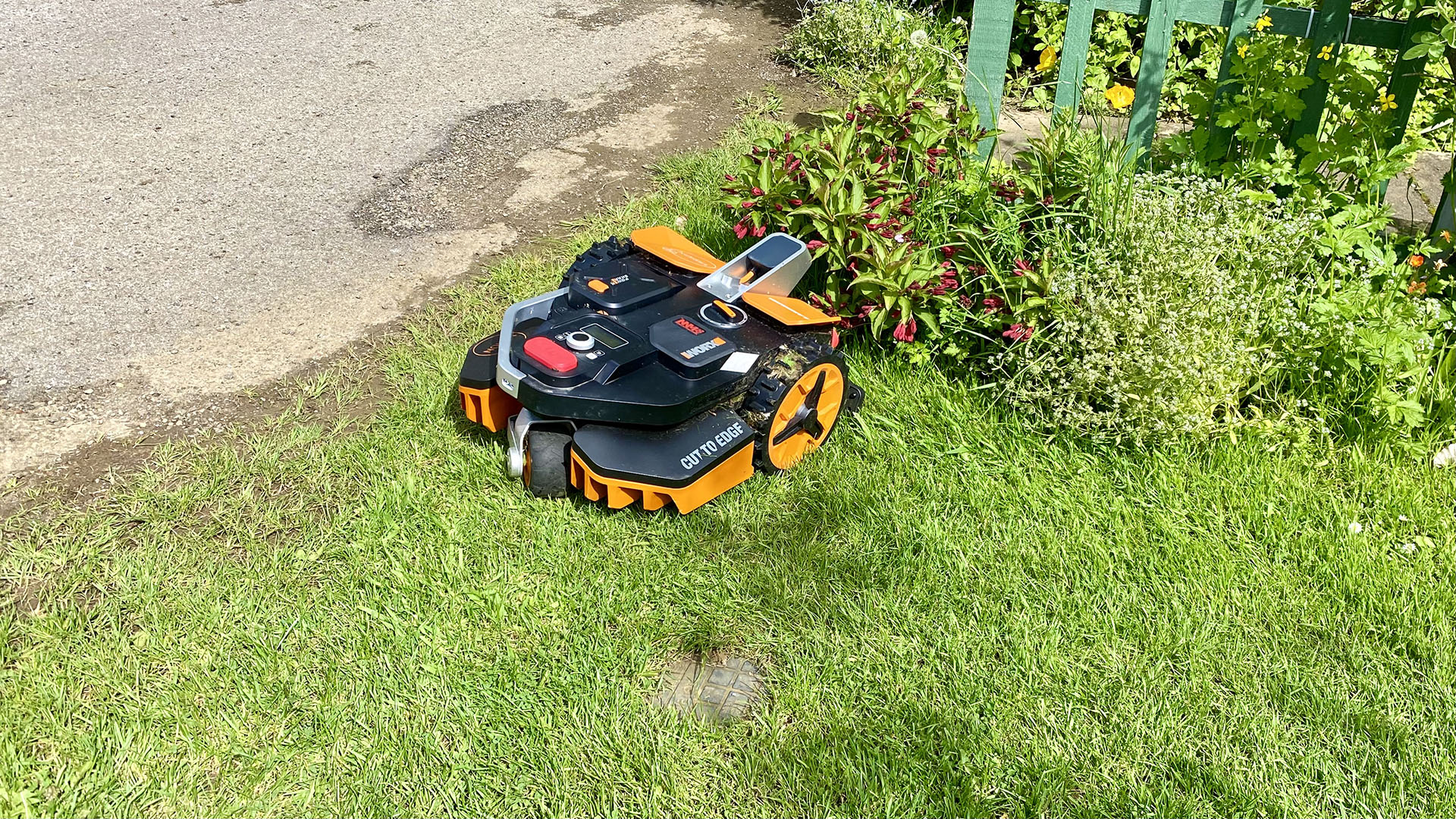
Simply install the charging station, hit start and the mower will use its camera to navigate the lawn, differentiating textures between grass and flower borders, paving and gravel in the process. Take note, however, that camera-based lawnbots cut in a haphazard criss-cross fashion that doesn’t look as appealing until a few days of mowing have elapsed.
LiDar SLAM navigation
The last type of navigation is brand new to robot mowers and inspired by the way autonomous cars and industrial robots navigate. It’s called LiDAR SLAM (Light Detection and Ranging and Simultaneous Localisation and Mapping). This method maps the entire lawn and boundary area in three dimensions using a pulsed laser beam, to create a closed 3D environment replete with surrounding trees, garden furniture, indeed pretty much the garden’s entire landscape.
LiDAR SLAM models are especially pricy and at time of writing, only just coming to market so it might be prudent to wait until the system improves further and prices start to drop.







